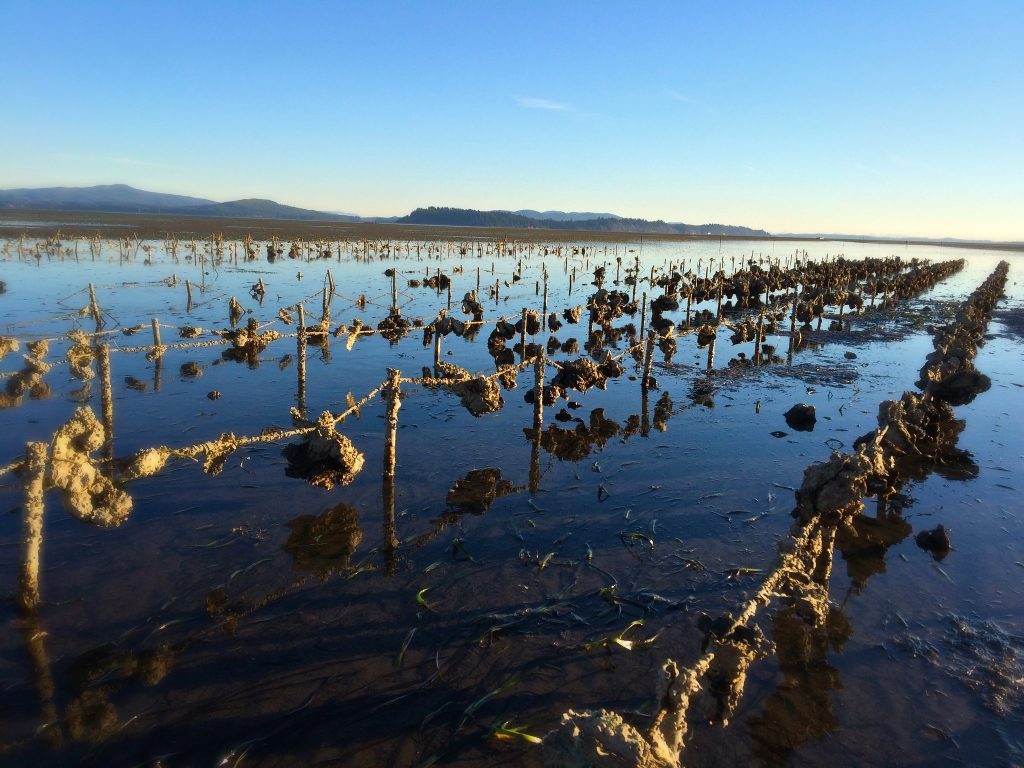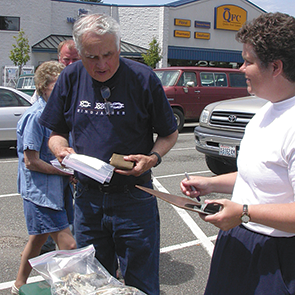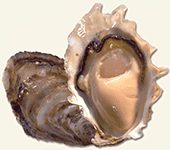Shellfish in Washington
Washington is the nation’s lead producer of farmed clams, oysters, and geoducks, with an estimated annual harvest worth more than $107 million. Nowhere else in the country can you find the abundance and variety of shellfish that we enjoy.
Shellfish have been a subsistence and ceremonial food for Native Americans in the Pacific Northwest for millennia and commercial shellfish farming has been active in Washington waters for more than 160 years. Washington Sea Grant (WSG) works closely with NOAA, West Coast shellfish farmers, state agencies, and tribes to support sustainable Northwest aquaculture and wild fisheries.

Photo: Tara Schmidt

